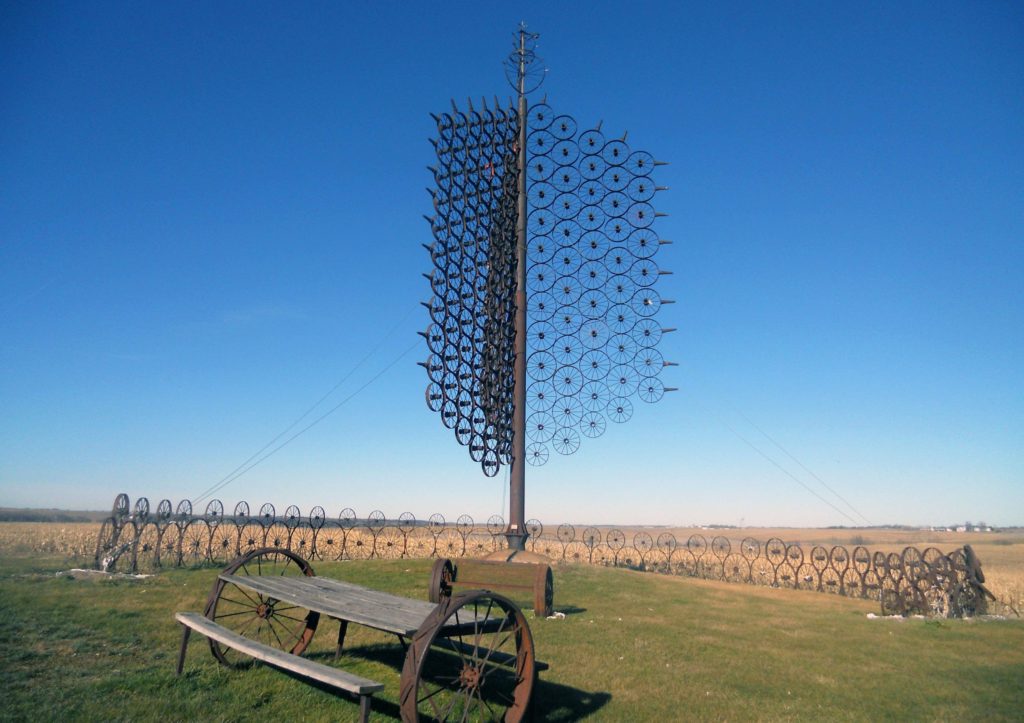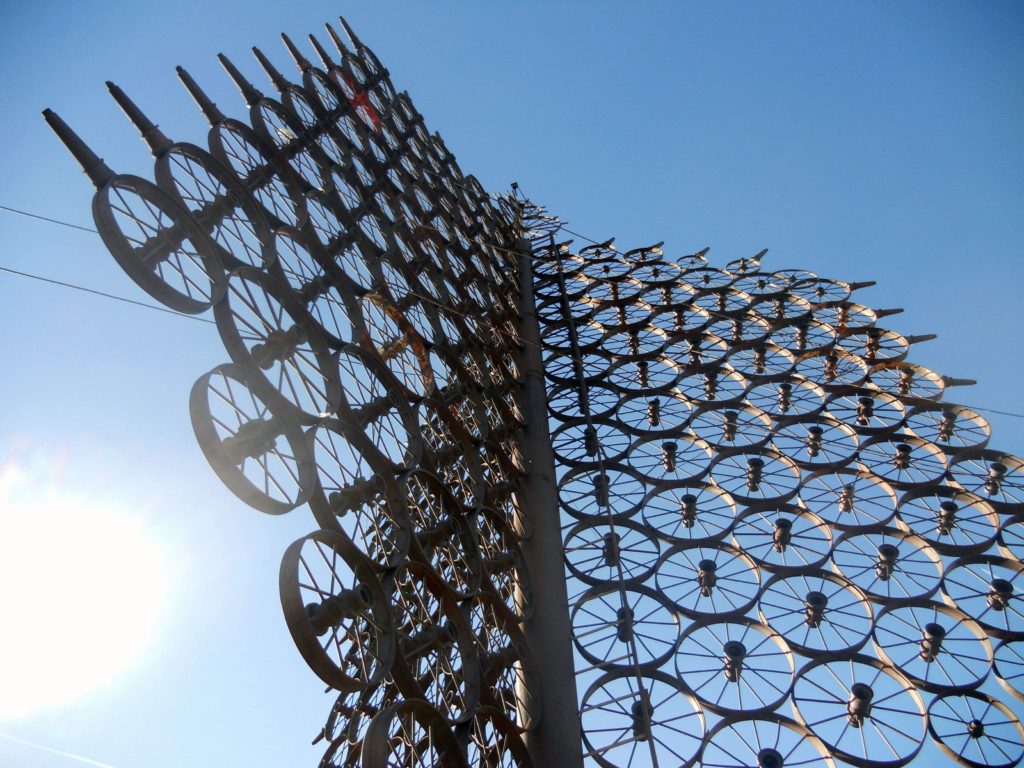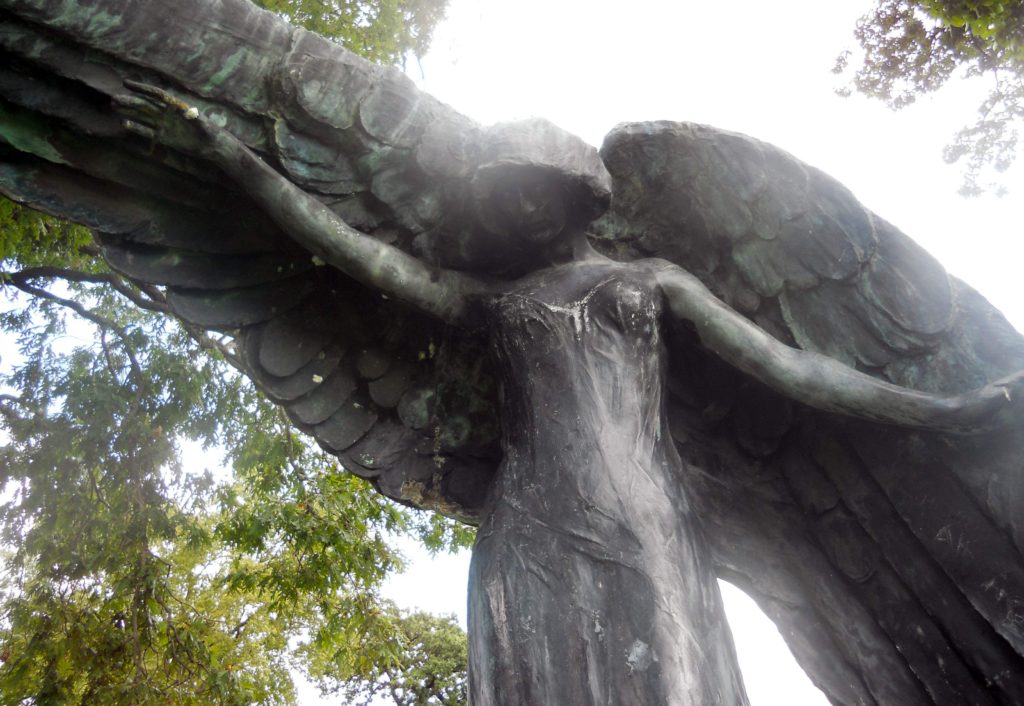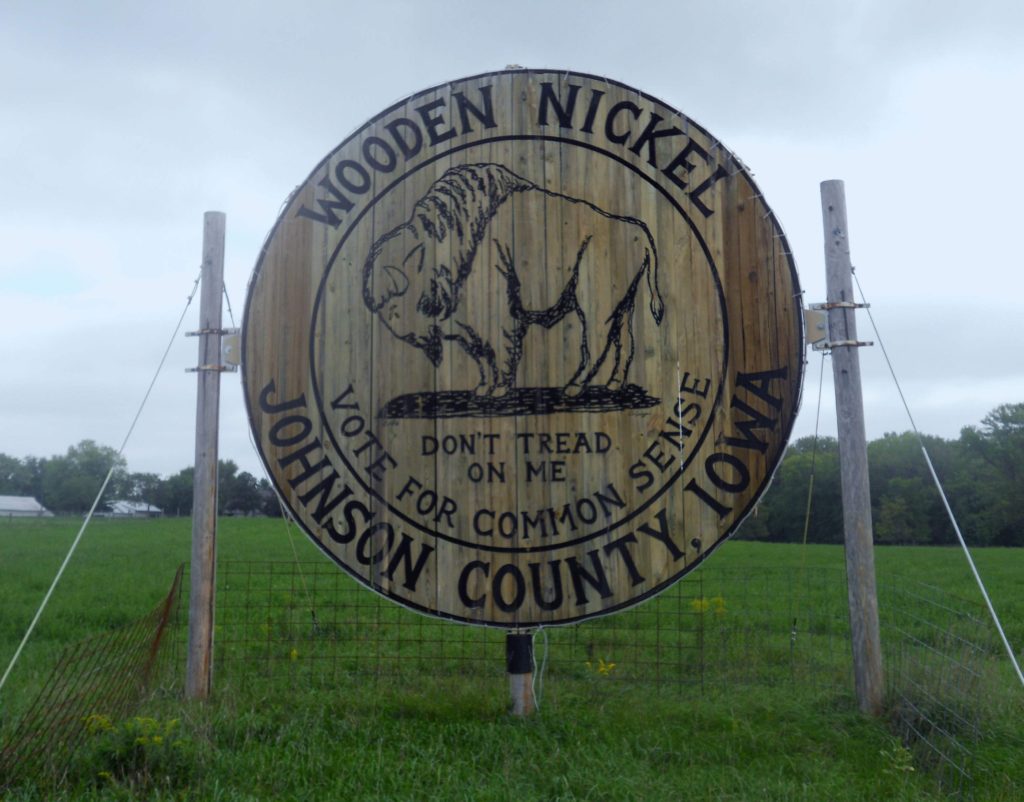As a lover of historical markers and roadside oddities, I gleefully downloaded the new Iowa Culture app, but quickly learned what was and wasn’t included.
The app itself is terrific and, at least for those of us with iPhones, it performs beautifully. Users can see a multitude of interesting sites around their current location, even placing those sites on a map and using GPS to route directly to a selection.
There are options to filter results by type, many with photos and brief descriptions. Navigating the Iowa Culture app is easy and intuitive for anyone tacitly familiar with such things.
No section of the state has been neglected. State officials boasted during official launch at the Iowa State Fair that more than 3,500 sites are a part of the database.
In fact, if you want to visit Iowa sites listed on the National Register of Historic Places, museums, cemeteries or opera houses, you’ll definitely appreciate the app.
But if you are more like me and enjoy seeing some of Iowa’s unique and less-famed cultural spots, the database is lacking.
There is no mention, for example, of the massive tree sculpture built by 87-year-old sorghum farmer and inventor L.J. Maasdam near the small town of Sully. The structure, which stands more than 60 feet tall, is comprised of more than 200 steel wagon wheels.
His family will tell you that the sculpture, which they helped him complete, was the last act of a lifelong tinkerer.


Closer to Cedar Rapids, you’ll find no entry for Brandon’s extra-large frying pan. Built in 2004 to promote the town’s Cowboy Breakfast, the pan measures 14 feet, three inches when you include the handle. Place the kids inside and snap a photo.

If you want to see the Happy Chef statue reincarnated as an umpire in Ryan, don’t expect the app to help. But he shouldn’t feel too bad. The mysterious Old Stone Man, used for years as a meeting spot and method of communication by those west of Fayette, isn’t in the database either.
Neither is Iowa City’s infamous black angel or the nearby big wooden nickel. Looking for the former A&W figures near Tipton? You are on your own.


Maybe, while you’re out searching, you’ll happen upon historic Sutliff Bridge, as the Iowa Culture app won’t direct you there, either.
To the state’s credit, there is a way for users to submit sites. Unlike the rest of the app, however, the process isn’t intuitive or automatic. The submission button is located only on the search screen and disappears if a term is within the search box.
The user must manually enter the information, including an address.
Not surprisingly, a quick phone call to Des Moines confirmed no new submissions had yet been received.
I do understand that certain things were going to be missed in this first installment, but it also seems that the Iowa Culture app was purposefully served on an exquisite platter, overflowing with the lowest hanging cultural fruit.
I have nothing against art museums, I just happen to think a great deal of Iowa’s charm and culture lives beyond such readily accessible information.
Maybe, if we all do our part, we can build a truly diverse and wonderful tourism and cultural tool from the beautiful bones we’ve been given.
This column by Lynda Waddington originally published in The Gazette on September 6, 2015.
